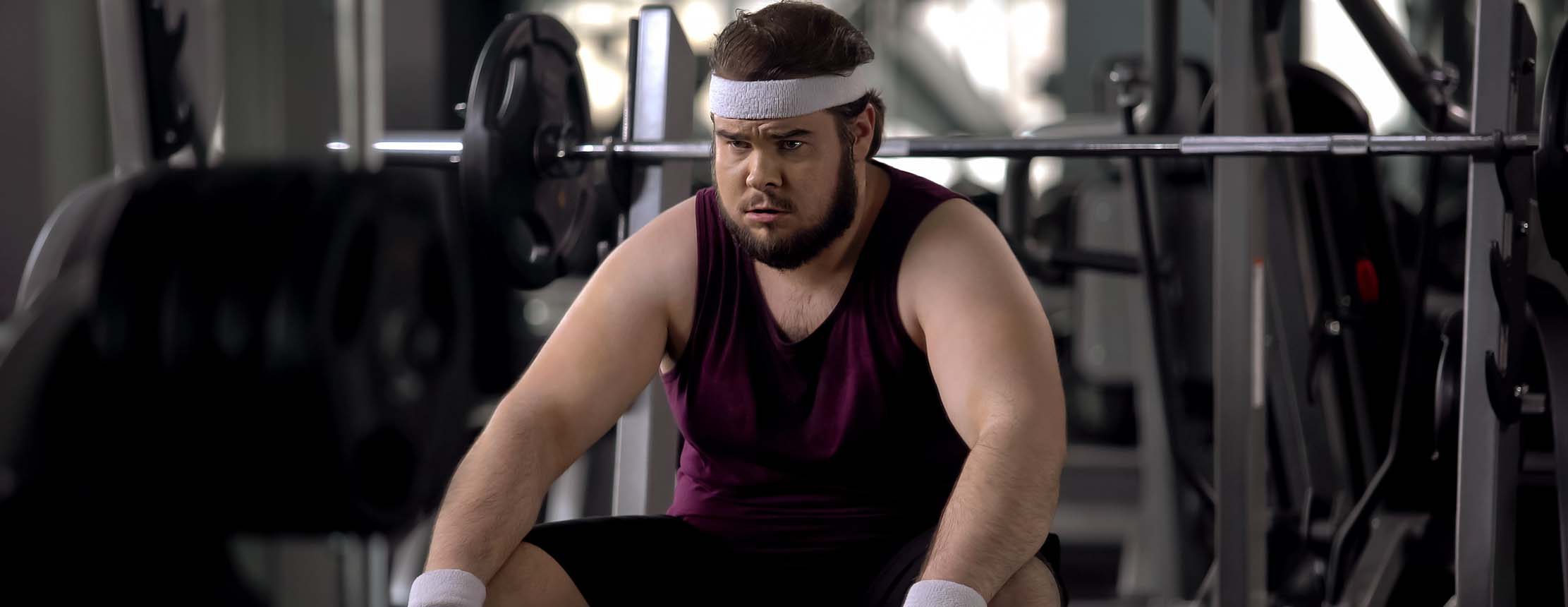In a world where body positivity is finally gaining traction, it’s shocking that body-shaming at the gym still persists. But how does this toxic behaviour impact your workouts and, even more alarmingly, increase your risk of injury?
Physical Therapist Dr. Thomas Olesko from CityPT reveals the disturbing truth about the effects of body shaming on your exercise routine and the potential dangers it poses.
How Body-Shaming Sabotages Your Workout
Decreased motivation and self-esteem:
Body shaming can wreak havoc on your motivation and self-esteem, making it difficult to stay committed to your fitness routine and achieve your goals.
Increased stress and anxiety:
The negative emotions caused by body shaming can heighten stress and anxiety levels, which can hinder your performance and even lead to physical symptoms, such as muscle tension and fatigue.
Poor form and technique:
In an attempt to “prove themselves” or keep up with others, those who experience body shaming may compromise proper form and technique during their workouts, potentially leading to serious injuries.
Overexertion and burnout:
The pressure to conform to unrealistic body standards may push individuals to overexert themselves, increasing the risk of burnout, injury, and even long-term damage to their bodies.
Dr. Thomas Olesko, a physical therapist at CityPT, speaks to the dangers of body-shaming at the gym, stating, “Body-shaming has a profoundly negative impact on an individual’s workout experience and can even increase their risk of injury. It’s crucial to create a supportive, inclusive gym environment to promote safe and effective workouts.”
Stay Safe and Body-Positive: How to Combat Body-Shaming and Protect Yourself
Focus on your own progress:
Ignore the negativity and concentrate on your personal fitness journey, celebrating your achievements and progress.
Educate yourself on proper form and technique:
Knowledge is power. Understanding correct form and technique can help you avoid injuries and ensure you’re getting the most out of your workouts.
Seek professional guidance:
If you’re unsure about your form or have concerns about potential injuries, consult a professional, such as a physical therapist, to guide you in your fitness journey.
Advocate for a body-positive gym culture:
Encourage gyms to promote body positivity and inclusivity, creating a supportive environment for all members.
In conclusion, body-shaming at the gym not only sabotages your workout but can also put you at risk for injury. As Dr. Thomas Olesko emphasizes, promoting a supportive and body-positive gym environment is vital for everyone’s well-being.
Don’t let body-shaming wreck your workout and put you in harm’s way – embrace body positivity and take control of your fitness journey today!
